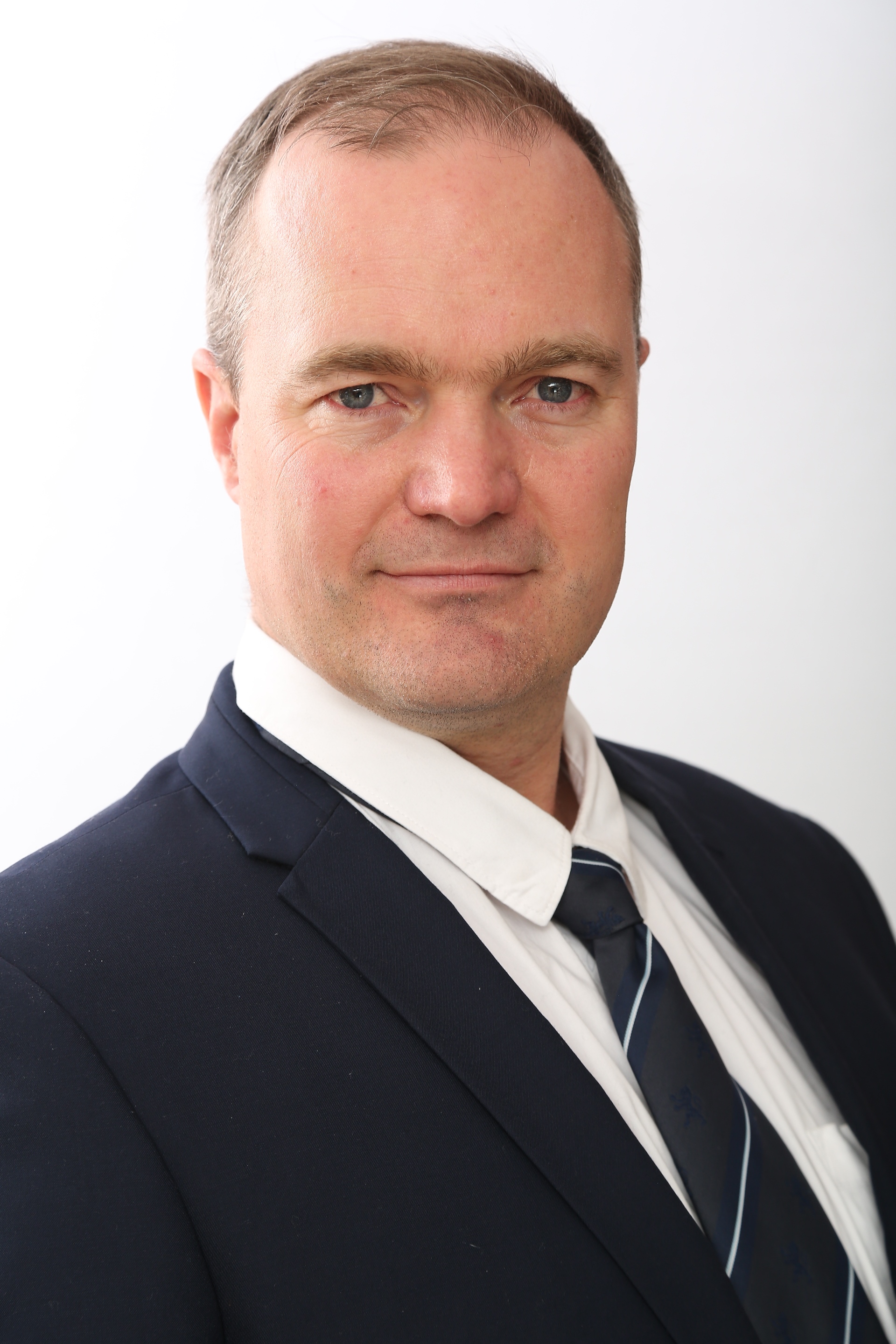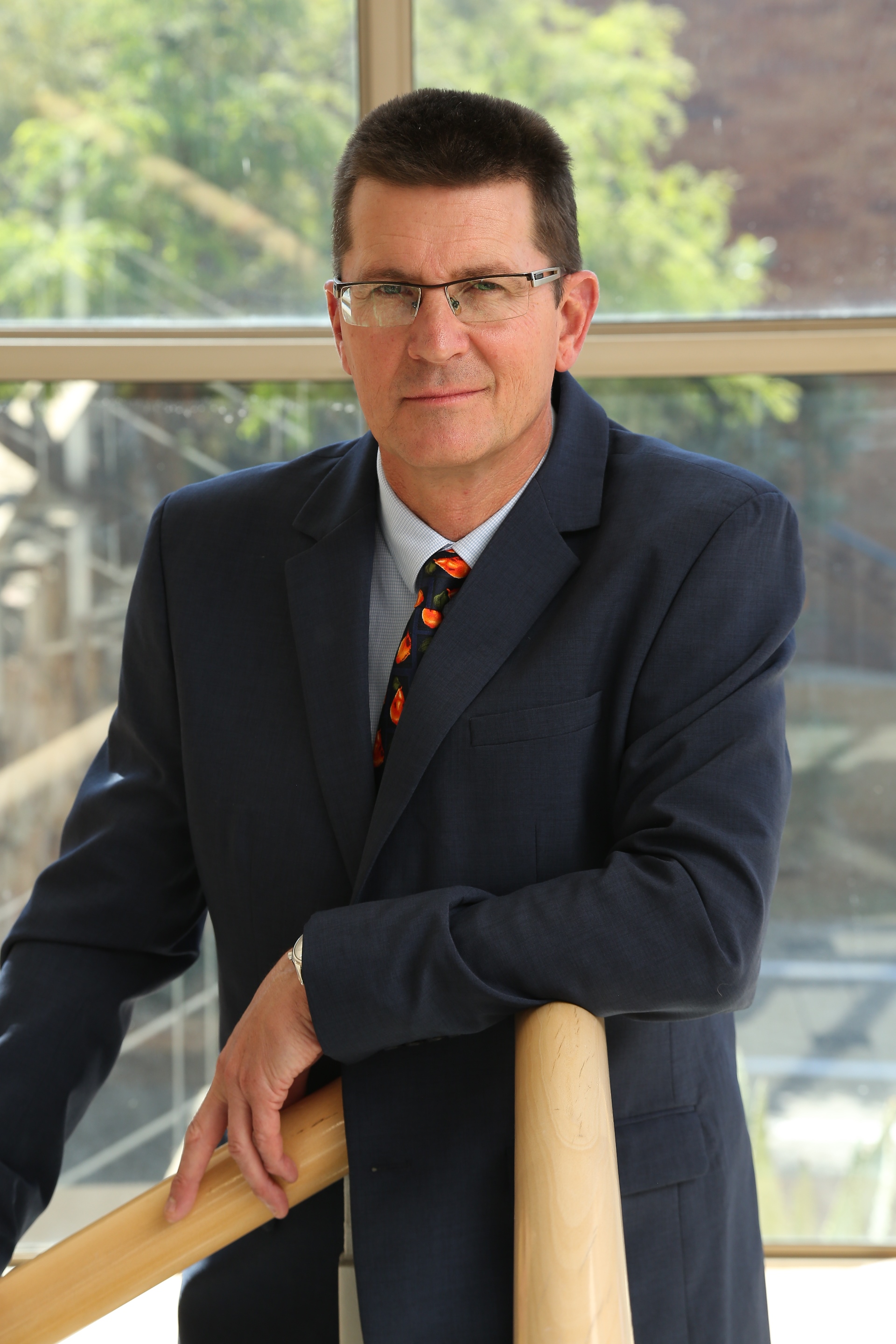Johannesburg, South Africa: 22 June 2018 – Despite South Africa’s stated intention of nurturing a junior mining sector as a key strategy in revitalising and transforming the sector, voices at the recent Junior Mining Indaba in Johannesburg, South Africa, were clear that this was not happening.
“There is a strong sentiment among junior mining companies that they are marginalised and excluded from the action,” said Mark Wanless, principal geologist and partner at SRK Consulting (SA).
Wanless said the message from speakers was that they were strongly opposed to Mining Charter 3, and had not seen any benefit from Mining Charter 1 or 2.
“They would like smaller firms and start-ups to be exempt from BEE requirements, as having a large BEE shareholder with limited funding capacity is a big hurdle when seeking capital funding from investors,” he said.

Mark Wanless, principal geologist and partner at SRK Consulting (SA).
There was also a sense that government and the Department of Mineral Resources have stifled business by over-regulating the sector, and by setting unrealistic hurdles for mining and exploration companies to acquire prospecting licenses.
“The DMR has no usable portal where explorers or investors can find out who requires which prospecting licenses, and what licences are available,” he said. “The application process is quite opaque, time-consuming and expensive; previously, it was possible to get a prospecting license for a nominal fee on the same day.”
Geological information should be easily available to explorers, but is not – as there is no proper geological survey; while the Council for Geoscience holds valuable information, it has no efficient and accessible way to share it.
He noted that many junior miners felt that the way the DMR works has led investors to believe that South Africa is a risky place to invest money in exploration; they also said that corruption within the DMR was a major headache, as bribing of officials is apparently common to ensure an application was processed.
“Factors like these have made fund raising on the Johannesburg Stock Exchange for mining projects within South Africa very difficult – despite attempts by the JSE to provide a fast-track, cheaper listing process for junior miners,” said Wanless. “Getting funding from outside SA is equally difficult, given the regulatory environment and the difficult permitting process; there is little appetite for high risk investment.”
He highlighted, however, that there were still a number of presentations at the Indaba which confirmed that South Africa remained a very good place to be conducting exploration work – as there was substantial geological potential.
“These illustrated that we have so many world-class orebodies – like the Witwatersrand goldfield and the Bushveld complex – that many of the smaller but still good quality deposits have been under-explored or overlooked,” he said. “The country has a wealth of skills and experience in mining, providing plenty of potential to revitalise the industry; the prevailing opinion at the Indaba, though, was that government and unions were getting in the way of exploration and smaller mine developers.”
According to SRK (SA) partner and principal mining engineer Marcin Wertz, it was significant that junior mining companies had recently formed their own alternative association to champion their interests.
“This is a sign that they feel their voices are not being heard, and that the stakeholders currently negotiating the Mining Charter do not represent them,” said Wertz. “They see today’s large mine companies as representing global players who have options elsewhere, the trade unions as serving their employed constituents rather than potential new entrants to the labour market, and government as being ideologically opposed to free enterprise.”
He noted that exploration spend in South Africa was very low – just 14% of Africa and 2% of worldwide spend – and we could learn from mining regulations in West African which are tailored to explorers while ours are tailored to producers.

SRK Consulting (SA) partner and principal mining engineer, Marcin Wertz.